
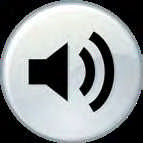 Includes THE GUITAR BOOK: VOLUME 2 downloadable The Ultimate Resource for Discovering New audio demos Guitar Scales, Exercises, and Licks! for every music example! By Troy Nelson GUIT 86 LYDIAN To download the companion audio files for this book,visit: https://www.troynelsonmusic.com/audio-downloads Copyright 2019 Troy Nelson | International Copyright Secured | All Rights Reserved No part of this publication may be reproduced without the written consent of the author, Troy Nelson. Unauthorized copying, arranging, adapting, recording, Internet posting, public performance or other distribution of the printed or recorded music in this publication is an infringement of copyright. Infringers are liable under the law. INTRODUCTION If youre interested in discovering new guitar scales or finding different ways to practice the ones you already know, or perhaps youre just looking to get inspired by learning some new guitar licks, then youve come to the right place! Whether its the seven major modes, the major and minor pentatonic scales, or more sophisticated scales like melodic minor, harmonic minor, whole tone, and diminished, The Guitar Book: Volume 2 covers them all and more! The book opens with a section on Scales (naturally!), which provides a thorough introduction to no few-er than 17 scales before moving on to Guitar Exercises, a section that offers an opportunity to put all of these scales through extensive workouts. Finally, the book wraps up with a Guitar Licks section. SCALES This section starts with the seven major modes before moving on to pentatonic scales (major, minor, blues, major blues) and then wrapping up with a half dozen scales that dont get quite the same fretboard time as the others but are nonetheless good to know: harmonic minor, melodic minor, half diminished, diminished, dominant diminished, and whole tone. SCALES This section starts with the seven major modes before moving on to pentatonic scales (major, minor, blues, major blues) and then wrapping up with a half dozen scales that dont get quite the same fretboard time as the others but are nonetheless good to know: harmonic minor, melodic minor, half diminished, diminished, dominant diminished, and whole tone.
Includes THE GUITAR BOOK: VOLUME 2 downloadable The Ultimate Resource for Discovering New audio demos Guitar Scales, Exercises, and Licks! for every music example! By Troy Nelson GUIT 86 LYDIAN To download the companion audio files for this book,visit: https://www.troynelsonmusic.com/audio-downloads Copyright 2019 Troy Nelson | International Copyright Secured | All Rights Reserved No part of this publication may be reproduced without the written consent of the author, Troy Nelson. Unauthorized copying, arranging, adapting, recording, Internet posting, public performance or other distribution of the printed or recorded music in this publication is an infringement of copyright. Infringers are liable under the law. INTRODUCTION If youre interested in discovering new guitar scales or finding different ways to practice the ones you already know, or perhaps youre just looking to get inspired by learning some new guitar licks, then youve come to the right place! Whether its the seven major modes, the major and minor pentatonic scales, or more sophisticated scales like melodic minor, harmonic minor, whole tone, and diminished, The Guitar Book: Volume 2 covers them all and more! The book opens with a section on Scales (naturally!), which provides a thorough introduction to no few-er than 17 scales before moving on to Guitar Exercises, a section that offers an opportunity to put all of these scales through extensive workouts. Finally, the book wraps up with a Guitar Licks section. SCALES This section starts with the seven major modes before moving on to pentatonic scales (major, minor, blues, major blues) and then wrapping up with a half dozen scales that dont get quite the same fretboard time as the others but are nonetheless good to know: harmonic minor, melodic minor, half diminished, diminished, dominant diminished, and whole tone. SCALES This section starts with the seven major modes before moving on to pentatonic scales (major, minor, blues, major blues) and then wrapping up with a half dozen scales that dont get quite the same fretboard time as the others but are nonetheless good to know: harmonic minor, melodic minor, half diminished, diminished, dominant diminished, and whole tone.
Each scale is presented as seven different patterns, five vertical and two horizontal, using both fretboard diagrams and tab to facilitate the learning process (the presentation is identical to what is used for the arpeggios in The Guitar Book: Volume 1). When played side by side, the five vertical patterns cover the entire fretboard, much like the box patterns for the major and minor pentatonic scales, which you already may be familiar with. Meanwhile, the two horizontal patterns help to connect the vertical patterns and facilitate quick and efficient movement from low to high registers of the guitar neck, and vice versa. So, once you have all seven patterns memorized, youll have good command of that scale in every position of the fretboard! SCALE EXERCISES This portion of the book is a perfect follow-up to the Scales section because, once you have a pretty good handle on a scale, you can move ahead to this part of the book and put that scale through a workout, using any one (or all) of the three exercises: three-note sequence, four-note sequence, or diatonic 3rds and 4ths. (Pattern 1 of each scale is used to demonstrate the exercises, but once youre comfortable with the sequences, transferring them to the other patterns should be relatively easy.) Playing the scales in this manner is not only more musical, it also helps with the memorization process and increases pick- and fret-hand dexterity.  GUITAR LICKS One thing lacking in a lot of other scale books is a section that demonstrates how scales can be used to create useable, real world guitar licks.
GUITAR LICKS One thing lacking in a lot of other scale books is a section that demonstrates how scales can be used to create useable, real world guitar licks.
After all, what good is learning a scale forwards and back-wards if, at the end of the day, you dont know what to do with it? Thats where this section comes into playliterally. You can think of this section as an award for all your hard workyou finally get to see these scales in action (if you havent already jumped ahead!). Here, youll find 51 guitar licks, three for each of the 17 scales, ranging in styles from metal and blues to country and bluegrass. I suggest playing through all of them, listening to the audio demonstrations, and incorporating into your own arsenal of licks the ones you like best. And be sure to note the patterns that the licks are derived from, which are listed in the small table preceding the tab. This will help you get a feel for how each of the five vertical patterns can be used to create lead phrases, and how the horizontal patterns are helpful for connecting the vertical ones.
Keep in mind that The Guitar Book: Volume 2 is not a guitar method; its a guitar resource. In other words, it supplies you the tools, but its up to you to learn how to properly use them. Therefore, I suggest using The Guitar Book: Volume 2 as a reference in your weekly guitar lessons or as a supplement to your other instructional material, whether its another one of my books (e.g., Modern Lead Guitar or Master Pentatonic Scales for Guitar in 14 Days), a song youre trying to learn, or a YouTube tutorial. Once you get a handle on the scales, exercises, and licks in Volume 2, you might want to check out TheGuitar Book: Volume 1, which is an excellent precursor to this book. Volume 1 features an abundance of useful and practical chords and arpeggios, everything from basic major and minor triad shapes to more sophisticated 7th chords and extended chords (9ths, 11ths, and 13ths). (If you need help locating notes on the neck, a fretboard diagram is provided in the Appendix.) THE MAJOR MODESVERTICAL PATTERNSPATTERN 1PATTERN 2

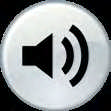


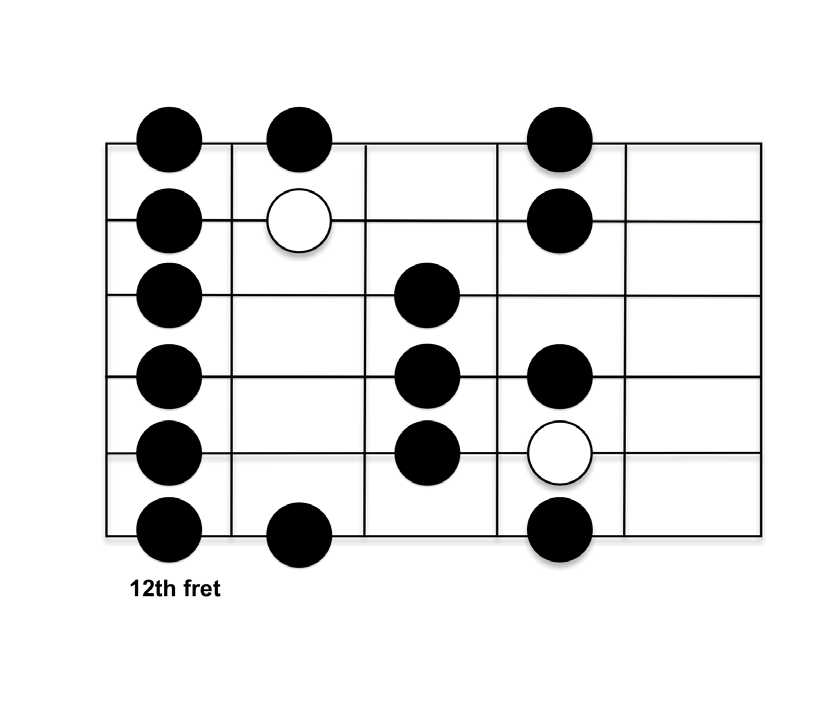 PATTERN 3PATTERN 4
PATTERN 3PATTERN 4
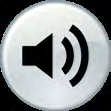
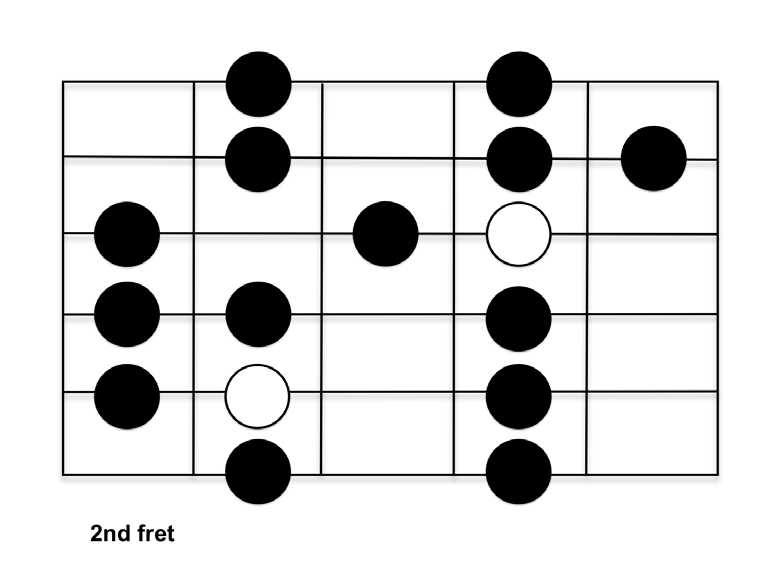

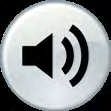

Next page
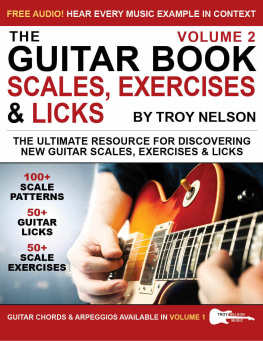

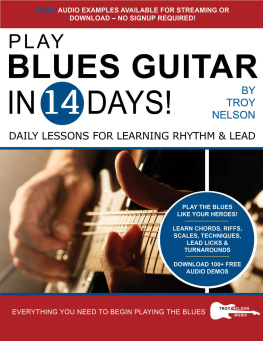
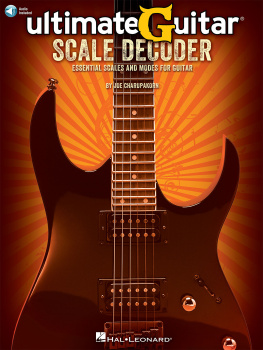




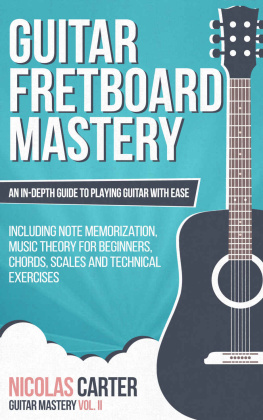
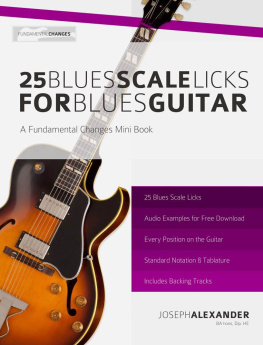

 Includes THE GUITAR BOOK: VOLUME 2 downloadable The Ultimate Resource for Discovering New audio demos Guitar Scales, Exercises, and Licks! for every music example! By Troy Nelson GUIT 86 LYDIAN To download the companion audio files for this book,visit: https://www.troynelsonmusic.com/audio-downloads Copyright 2019 Troy Nelson | International Copyright Secured | All Rights Reserved No part of this publication may be reproduced without the written consent of the author, Troy Nelson. Unauthorized copying, arranging, adapting, recording, Internet posting, public performance or other distribution of the printed or recorded music in this publication is an infringement of copyright. Infringers are liable under the law. INTRODUCTION If youre interested in discovering new guitar scales or finding different ways to practice the ones you already know, or perhaps youre just looking to get inspired by learning some new guitar licks, then youve come to the right place! Whether its the seven major modes, the major and minor pentatonic scales, or more sophisticated scales like melodic minor, harmonic minor, whole tone, and diminished, The Guitar Book: Volume 2 covers them all and more! The book opens with a section on Scales (naturally!), which provides a thorough introduction to no few-er than 17 scales before moving on to Guitar Exercises, a section that offers an opportunity to put all of these scales through extensive workouts. Finally, the book wraps up with a Guitar Licks section. SCALES This section starts with the seven major modes before moving on to pentatonic scales (major, minor, blues, major blues) and then wrapping up with a half dozen scales that dont get quite the same fretboard time as the others but are nonetheless good to know: harmonic minor, melodic minor, half diminished, diminished, dominant diminished, and whole tone. SCALES This section starts with the seven major modes before moving on to pentatonic scales (major, minor, blues, major blues) and then wrapping up with a half dozen scales that dont get quite the same fretboard time as the others but are nonetheless good to know: harmonic minor, melodic minor, half diminished, diminished, dominant diminished, and whole tone.
Includes THE GUITAR BOOK: VOLUME 2 downloadable The Ultimate Resource for Discovering New audio demos Guitar Scales, Exercises, and Licks! for every music example! By Troy Nelson GUIT 86 LYDIAN To download the companion audio files for this book,visit: https://www.troynelsonmusic.com/audio-downloads Copyright 2019 Troy Nelson | International Copyright Secured | All Rights Reserved No part of this publication may be reproduced without the written consent of the author, Troy Nelson. Unauthorized copying, arranging, adapting, recording, Internet posting, public performance or other distribution of the printed or recorded music in this publication is an infringement of copyright. Infringers are liable under the law. INTRODUCTION If youre interested in discovering new guitar scales or finding different ways to practice the ones you already know, or perhaps youre just looking to get inspired by learning some new guitar licks, then youve come to the right place! Whether its the seven major modes, the major and minor pentatonic scales, or more sophisticated scales like melodic minor, harmonic minor, whole tone, and diminished, The Guitar Book: Volume 2 covers them all and more! The book opens with a section on Scales (naturally!), which provides a thorough introduction to no few-er than 17 scales before moving on to Guitar Exercises, a section that offers an opportunity to put all of these scales through extensive workouts. Finally, the book wraps up with a Guitar Licks section. SCALES This section starts with the seven major modes before moving on to pentatonic scales (major, minor, blues, major blues) and then wrapping up with a half dozen scales that dont get quite the same fretboard time as the others but are nonetheless good to know: harmonic minor, melodic minor, half diminished, diminished, dominant diminished, and whole tone. SCALES This section starts with the seven major modes before moving on to pentatonic scales (major, minor, blues, major blues) and then wrapping up with a half dozen scales that dont get quite the same fretboard time as the others but are nonetheless good to know: harmonic minor, melodic minor, half diminished, diminished, dominant diminished, and whole tone. GUITAR LICKS One thing lacking in a lot of other scale books is a section that demonstrates how scales can be used to create useable, real world guitar licks.
GUITAR LICKS One thing lacking in a lot of other scale books is a section that demonstrates how scales can be used to create useable, real world guitar licks.




 PATTERN 3PATTERN 4
PATTERN 3PATTERN 4




